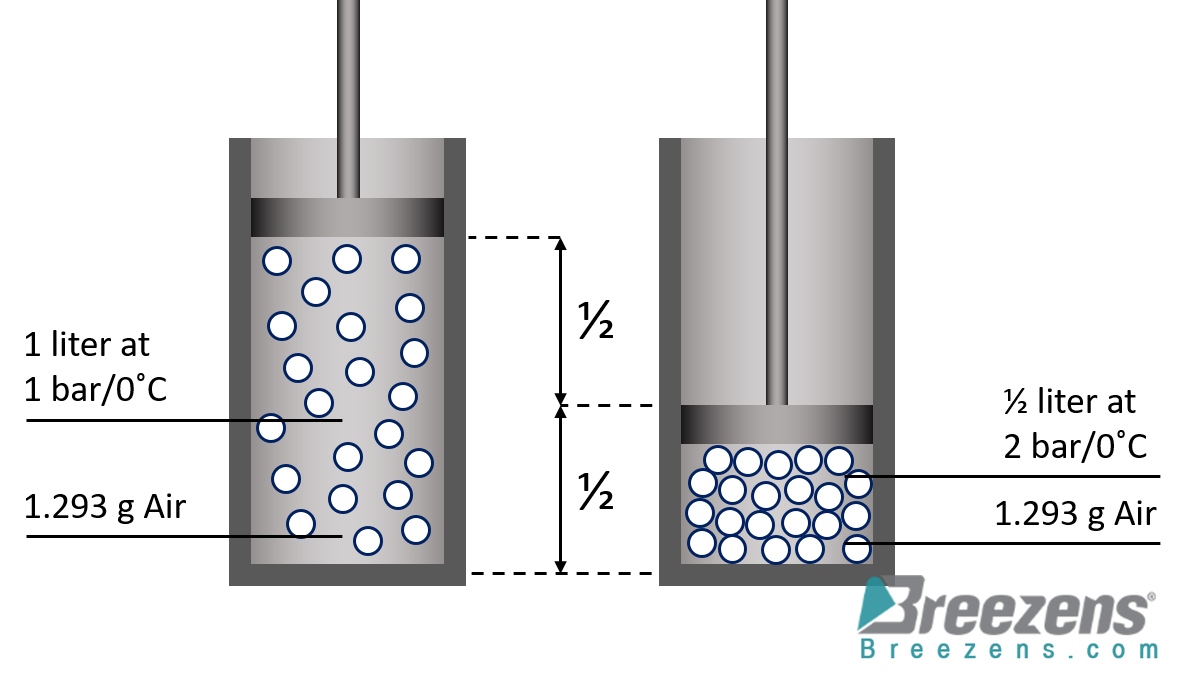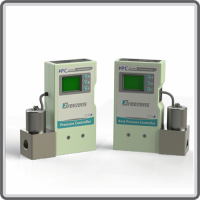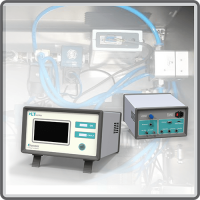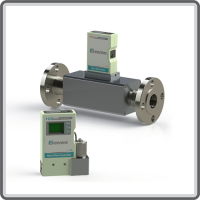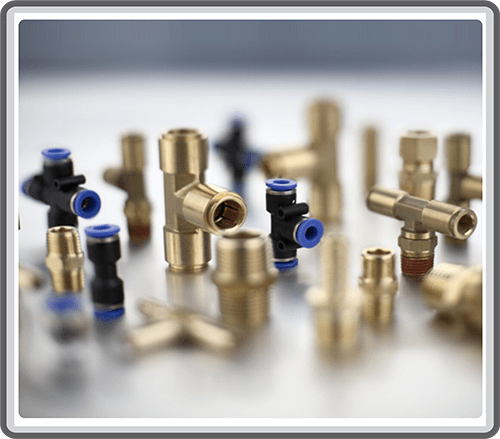Introduction
In various industrial processes, the choice between mass flow and volume flow plays a pivotal role. This blog aims to provide a comprehensive understanding of mass flow rate and volumetric flow rate, shedding light on their relationship, significance, and the factors influencing their measurement and control.
Mass Flow Rate
Mass flow rate serves as a quantification of the mass (in kilograms or grams) of a gas or liquid flowing within a specified time. Its relevance extends to chemical reactions, industrial processes, and pricing in custody transfer scenarios.
Relationship Between Mass Flow and Volumetric Flow
Volumes exhibit sensitivity to temperature and pressure changes, unlike masses. The density of a fluid, dependent on temperature and pressure, acts as the bridge between mass flow and volumetric flow rates. While volumetric flow rate varies with conditions, mass flow rate remains constant.
Why Volumetric Units for Mass Flow Rates
Despite the logical expression of mass flow rates in mass units (g/h, mg/s), industry convention often favors volumetric units. Converting mass flow to volume flow involves selecting specific pressure and temperature conditions, with reference conditions varying globally. Adhering to standard reference conditions is crucial to avoid errors, as different conditions may result in a 7% deviation in gas flow measurements.
